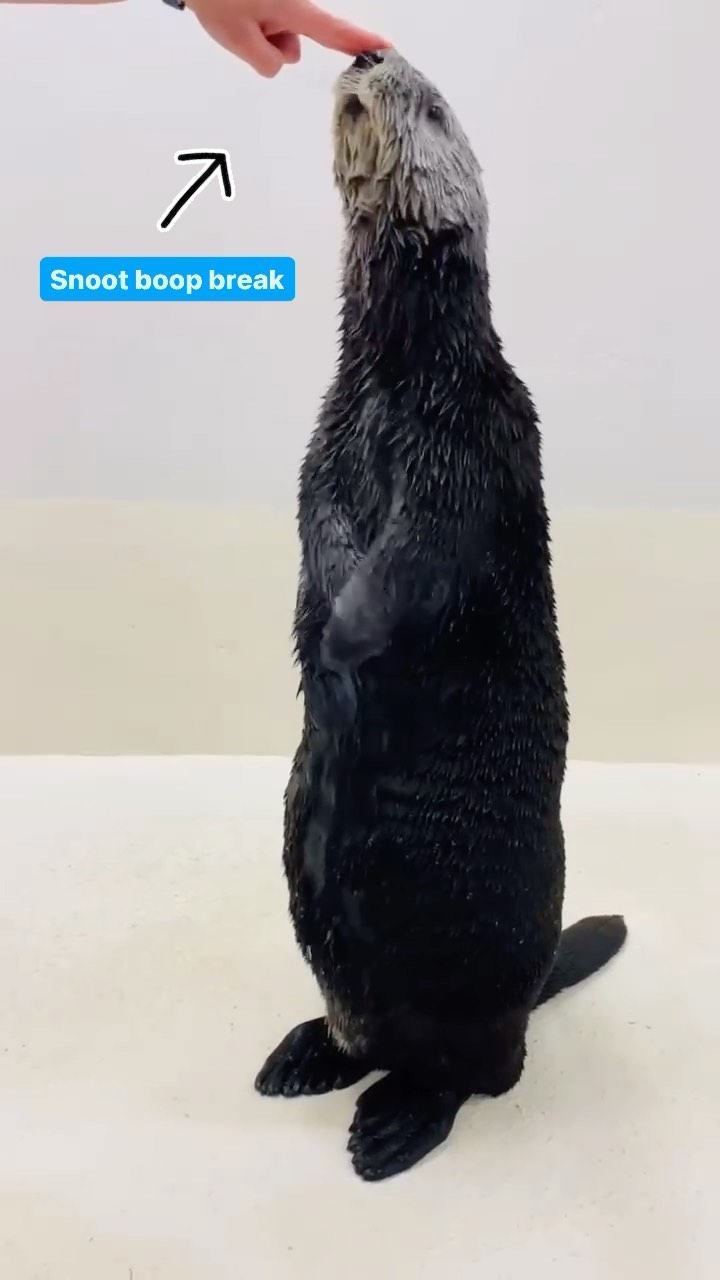– Sea otters have pockets of loose skin under their arms where they keep tools and leftover food.
– These pockets of loose skin are called axillary pouches.
– Sea otters use rocks as tools to pry open shells of prey.
– They are the only marine mammal that uses tools.
– Sea otters play a vital role in maintaining the health of their kelp forest habitat.
One of our favorite facts about sea otters is that they have pockets of loose skin under their arms where they keep tools and leftover food! Learning about these amazing creatures and how they adapt to their environment is fascinating. Join us as we dive into sea otters’ unique and intriguing aspects.
Let’s start with these incredible axillary pouches. Sea otters have these flaps of loose skin under their forelimbs, also known as armpits. The axillary pouches are a handy storage space for their tools and food. Can you imagine having a pocket there? It’s like having an extra pair of hands!
Now, you might be wondering why sea otters need these axillary pouches. Well, sea otters are known for their impressive tool use. They are the only marine mammals that use tools, making them even more exceptional. These intelligent creatures use rocks as tools to pry open the shells of their prey, such as clams, mussels, and urchins.
Imagine watching a sea otter floating on its back in the water, holding a rock in its paws, and banging it against the shell until it cracks open. It’s a remarkable sight! The otter’s dexterity and problem-solving skills are truly astonishing.
These are not just random objects that sea otters find in the ocean. They have preferred rock types, shapes, and sizes that they select for specific tasks. Some otters even have favorite rocks that they carry with them. It’s incredible how they deeply understand their environment and the tools they need to thrive.
Apart from their impressive tool use, sea otters play a vital role in maintaining the health of their kelp forest habitat. They are considered a keystone species, which means they have a disproportionate impact on their ecosystem compared to their abundance. Sea otters help control the population of sea urchins, a voracious kelp-eating species.
When sea otter populations decline, the unchecked growth of sea urchins can lead to kelp forest devastation. Sea urchins graze on kelp, reducing the kelp forest’s ability to provide shelter and food for numerous other marine organisms. By controlling the sea urchin population through predation, sea otters allow kelp forests to flourish and support diverse species.
The correlation between sea otters and kelp forests isn’t the only fascinating aspect of their ecological impact. Did you know that sea otters also help combat climate change? Kelp forests have an incredible ability to sequester carbon dioxide, a greenhouse gas responsible for global warming. Sea otters mitigate climate change by protecting and restoring kelp forests through their presence and predation on sea urchins.
So, the next time you see a sea otter, remember the fascinating fact about their axillary pouches and impressive tool use. Take a moment to appreciate the intricate beauty of nature and the incredible adaptations that allow these fascinating creatures to thrive in their marine habitat. One 🦦 equals one virtual snoot boop.
*****
Source Description
One of our favorite facts about sea otters is that they have pockets of loose skin under their arms where they keep tools like rocks and leftover food!
One 🦦 equals one virtual snoot boop.

